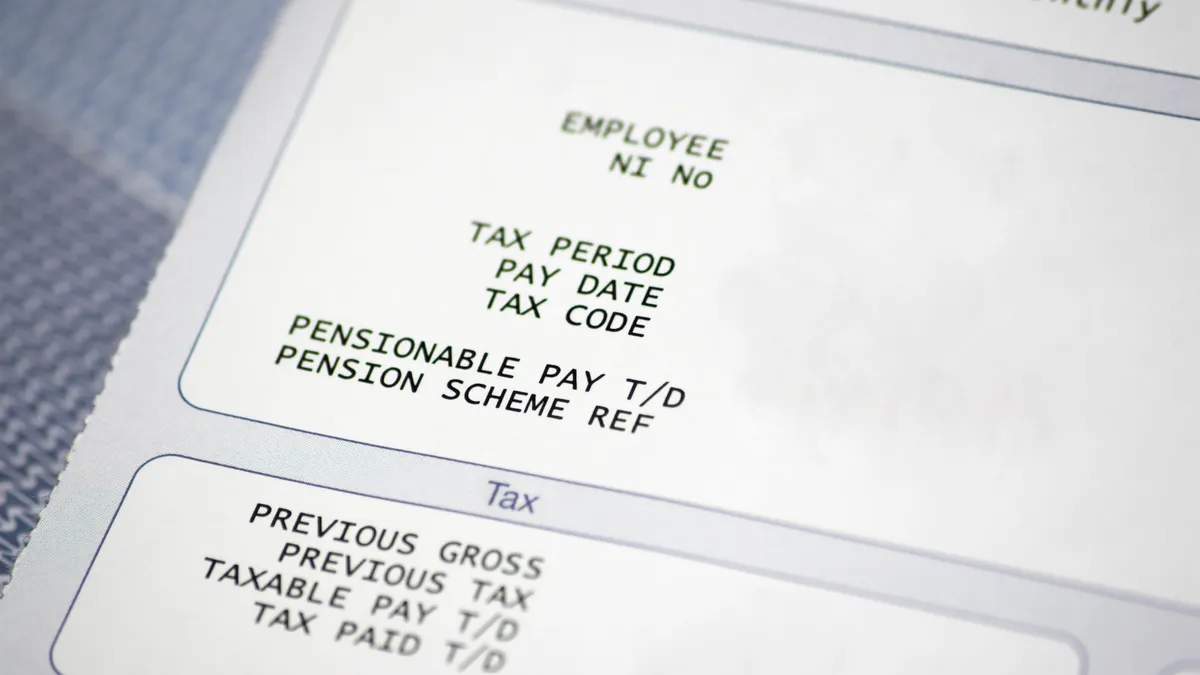Jason Tyszko is vice president of the U.S. Chamber of Commerce Foundation. The JDX JobSchema+ is a proposal that the Job Data Exchange — a Foundation initiative — will pilot test this fall. The Foundation will suggest how the new data standard can be integrated into existing platforms, products and tools, and make recommendations on how the standard can be adopted globally. For more information, contact [email protected]. Views are the author's own.
In the U.S. today, we've entered a golden age of hiring with more jobs than job seekers. The challenge we face is less about creating jobs and more about filling them. How can we innovate to more efficiently match job openings with the right talent?
Employers struggle to connect with the talent they need and job seekers struggle to find opportunities that are the right fit for their skills. Information is spread out across platforms, and job postings are often inconsistent and lacking critical information a job seeker needs. But this is a solvable problem.
Every day we visit websites that aggregate and compare flight schedules across multiple airlines. We can look up two different manufacturers' TVs and view product specifications side-by-side. Why can't we do the same for jobs?
With the right data standards, we can. There are consistent, agreed-upon ways of organizing and producing data on flight schedules and products, as well as recipes, medical conditions, movies, cars, and many more. You benefit from data standards every day and may not even realize it.
It should be possible to search, filter and compare available jobs based on whether the job is temporary or seasonal. We should be able to filter by the physical location of the job, rather than the physical location of the company's headquarters.
Job search platforms scrape text from job descriptions to make those kinds of search features available to job seekers, but the results can be frustrating. The information is not uniformly provided from employers, so search results are hit or miss.
Too many employers and job seekers are navigating in the dark. Otherwise qualified applicants are "weeded out" by software that can't accurately interpret their skills. New graduates hire firms to help them organize their resumes in a way that games algorithms. Skilled job seekers come up empty handed.
There is a data standard for jobs, but it wasn't created to support today's job seeker or employer. It was developed for an important, yet narrow, audience: companies looking to hire military veterans. The existing standard, the JobPosting Schema, was built in collaboration with search engine owners like Bing and Google to support an Obama administration initiative to help veterans find jobs.
It worked. More than 30,000 job sites voluntarily adopted it. But since its implementation in 2011, the data standard hasn't been updated to reflect how our workplace has changed.
For example, employers today increasingly rely on alternative working methods, like remote work. Yet, the current data standard doesn't require an employer to enter information about a job location beyond the physical location of the company's headquarters.
Twenty-three percent of employers — including Apple, Whole Foods, Google, Bank of America and others — are working toward competency-based hiring, where employers define specific skills necessary for the job and then seek those skills in candidates. Another 39% are exploring it, and yet the current data standard doesn't define how an employer should identify necessary skills and competencies for a job.
We need better data to define the shifting needs of employers so that we can better connect a job seeker to an opportunity aligned with his or her skill set. To do that, we need to improve and expand the existing standard for the data we collect.
The JDX JobSchema+, is a proposal to expand the existing data standard to include important information, like an indication that a job requires a security clearance.
Another important modification breaks down "employment type" into multiple components that would allow a job seeker to search for a job in a more specific way by schedule (hourly, flextime, full-time, etc.), type (contract, employee, internship, etc.) or term (temporary, full-time, seasonal, etc.).
Data innovation isn't about science — it's about people.
Providing more data on a job gives that job post much more meaning. By expanding the data standard and asking employers for more detailed information about each job, a broader audience of job seekers will be served and recruiters and educators will get a clearer idea about what employers are looking for.
You don't need to be a data scientist to appreciate the value of data standards. You need to be a person who is looking for a job and can't find one. Or an employer who is searching for the right skills to fill critical positions. Or an educator trying to make sure what is taught in the classroom is preparing students for today's jobs.
This initiative is not about science; it's about people whose lives can be made better because they have more information and better tools to find opportunity.


















